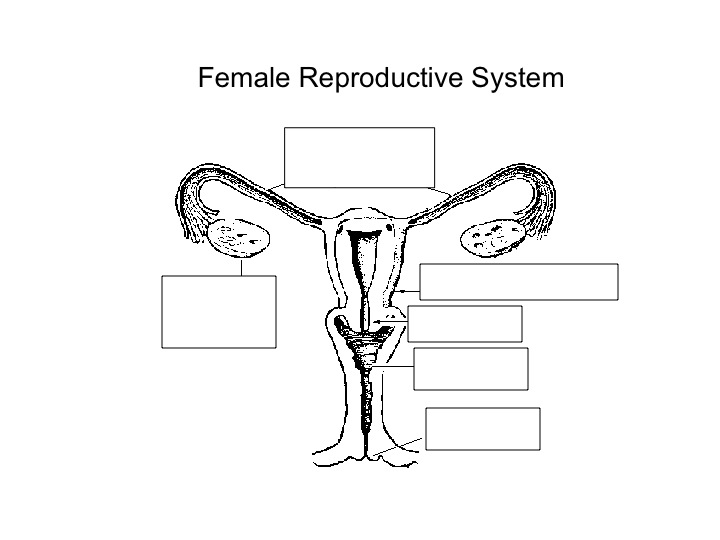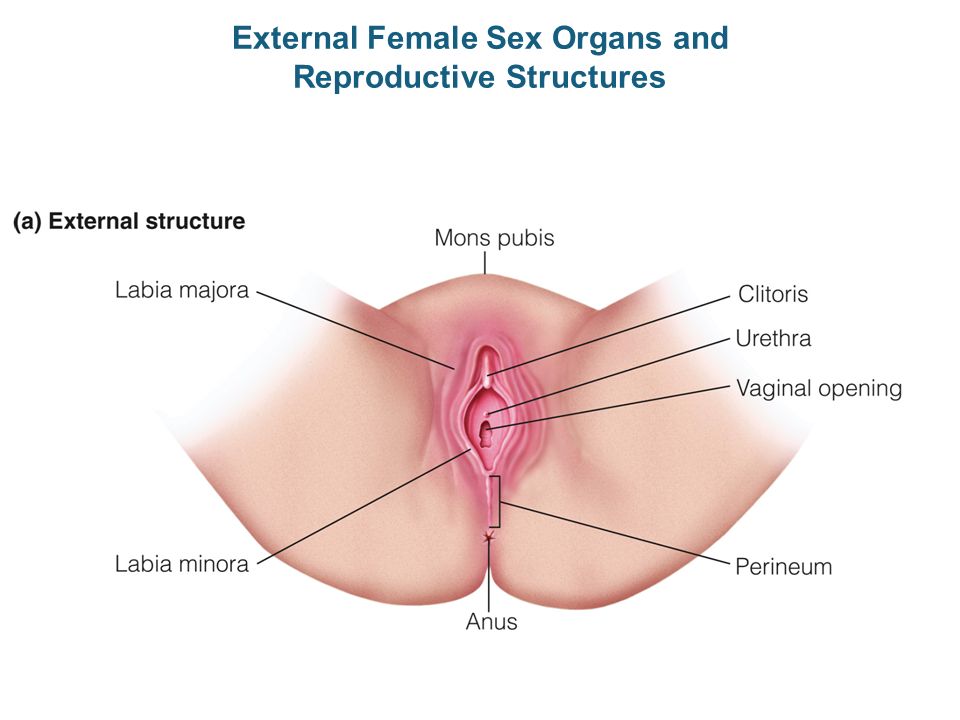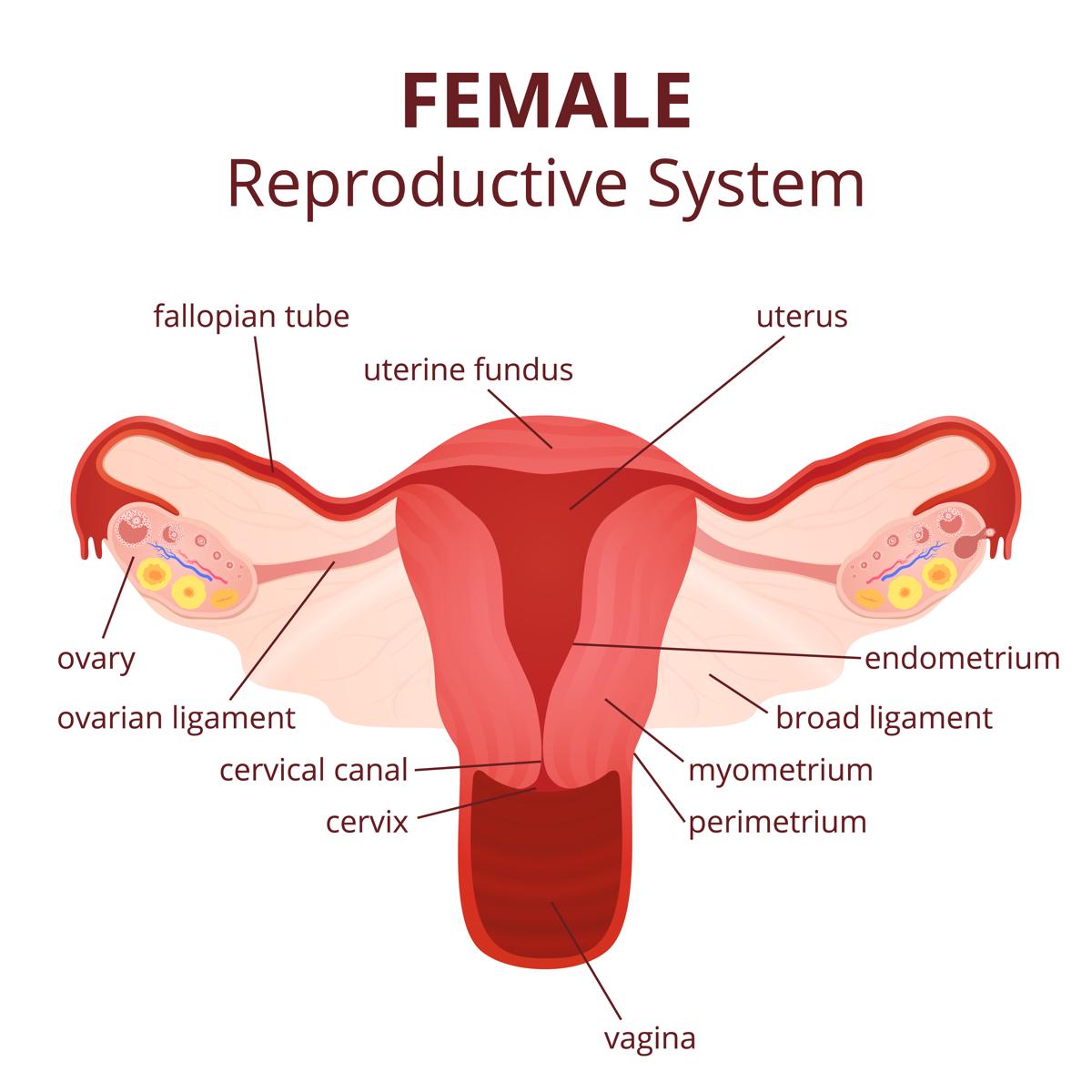



The female reproductive system includes the ovaries, fallopian tubes, uterus, vagina, vulva, mammary glands and breasts. These organs are involved in the production and transportation of gametes and the production of sex hormones.
Exactly what you need to know but don’t want to ask about in mans and teens, and the changes you can expect to your body.

Understanding diseases related to the female sexual organs based on the science of German New Medicine (GNM).


Learn all about your body with BBC Science & Nature’s guide.
Although a woman’s external genitals are commonly referred to as the “vagina,” the vagina is actually one of several organs that comprise this section of a woman’s body.
A lot of questions about how to have sex, how to masturbate, and worries about all of what’s all going on down below can be easily solved by simply getting to know what genitals and other reproductive organs are all about.


Humans are sexual, meaning that both a male and a female are needed to reproduce. Each is equipped with specific organs capable of producing specific cells needed to procreate. In conjunction with a woman’s reproductive organs, sexual intercourse can lead to the reproduction of human life. While
WebMD provides an overview of the female reproductive system and how it works.
Reproductive and sexual anatomy includes your genitals and reproductive organs. Everyone’s reproductive and sexual anatomy looks a little different.
Biological sex, shown on the top scale, includes external genitalia, internal reproductive structures, chromosomes, hormone levels, and secondary sex characteristics such as breasts, facial and body hair, and fat distribution.
